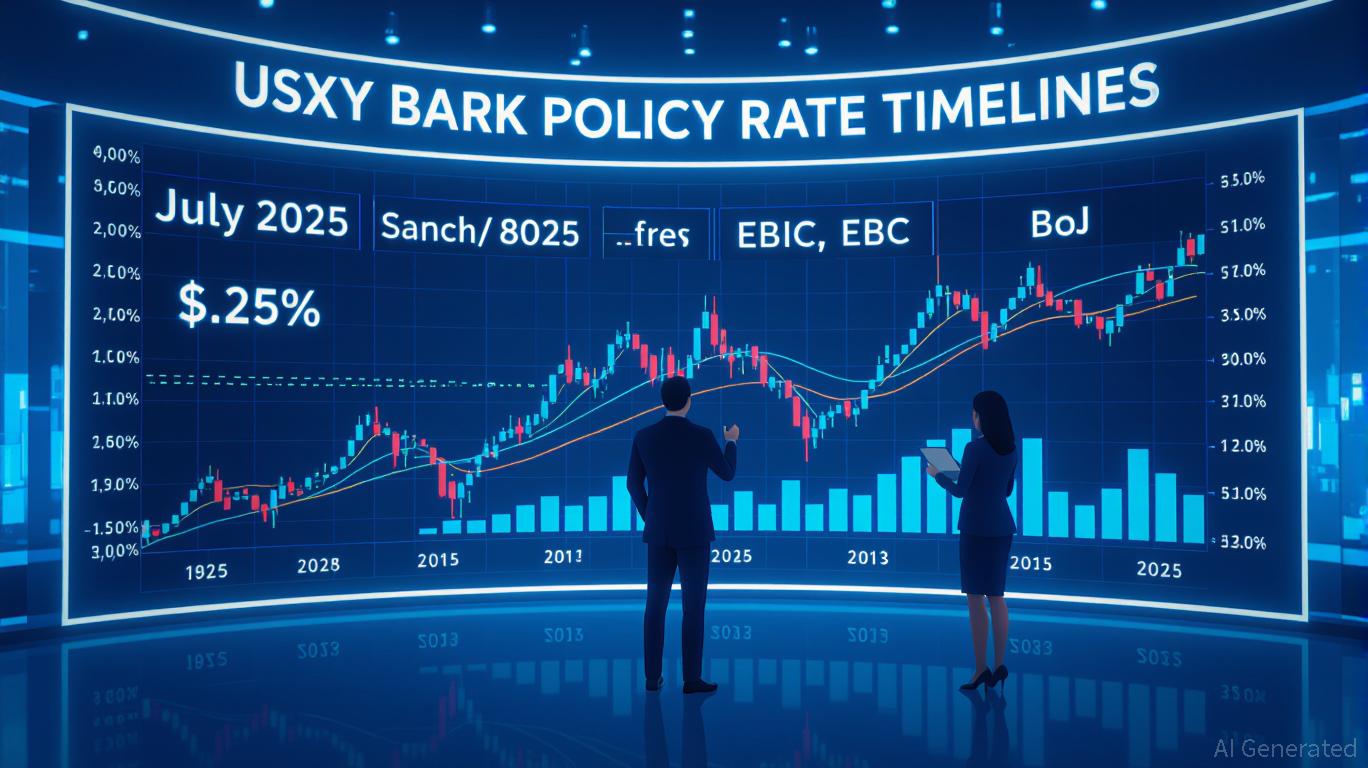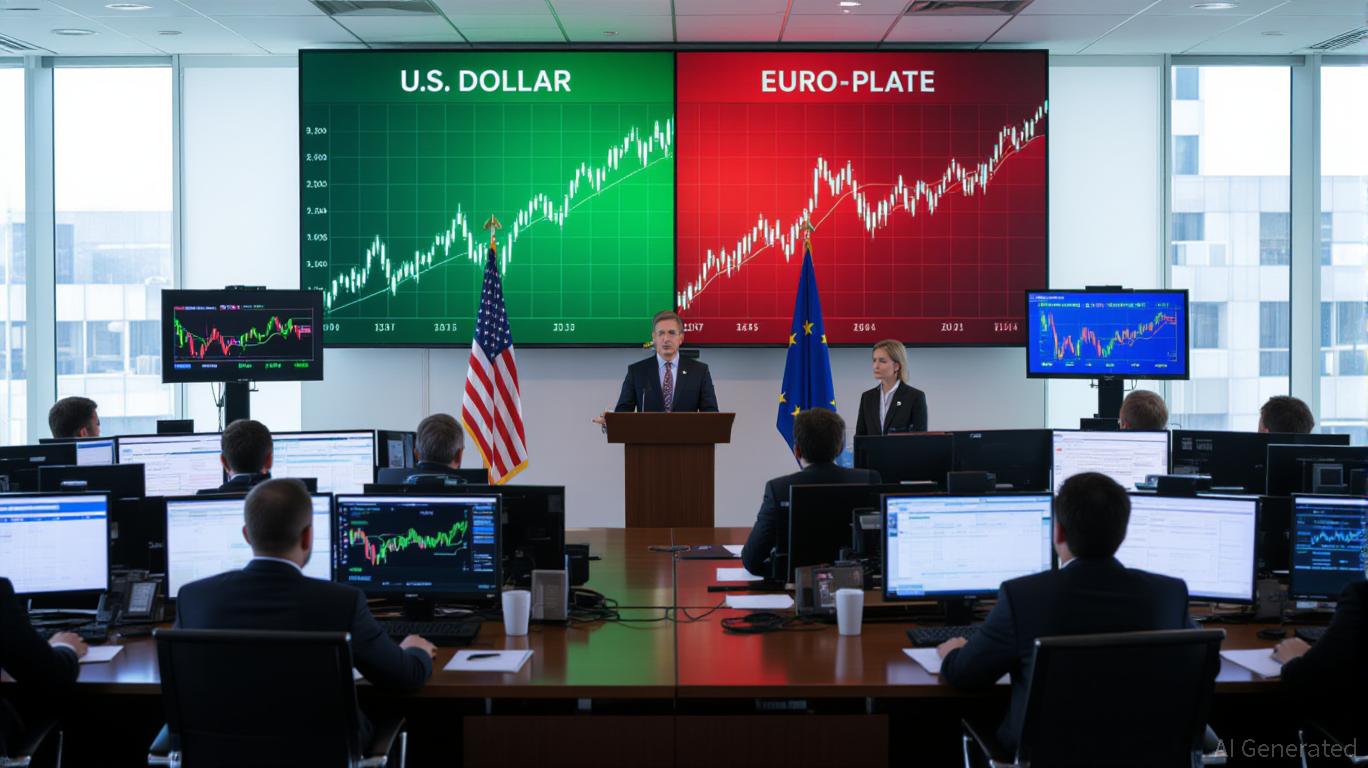AInvest Newsletter
Daily stocks & crypto headlines, free to your inbox
In the world of investing, few companies command the attention of the market like
(AAPL). Yet, in early 2025, the stock finds itself at a crossroads. While June demand data for the iPhone 17 suggests a 9% decline in unit builds due to market saturation and consumer fatigue, JPMorgan's recent upgrade to “Overweight” with a $250 price target (a 18% upside from current levels) and Apple's aggressive pursuit of Formula 1 broadcasting rights have reignited debates about the stock's value. For contrarian investors, this divergence between near-term pessimism and long-term optimism presents a compelling case for re-evaluation.JPMorgan's upgrade hinges on Apple's transformation from a hardware-centric business to a diversified ecosystem leader. The firm highlights the Services segment's $26.6 billion Q1 2025 revenue, a 12% year-over-year increase, as a critical growth engine. This recurring revenue stream, driven by Apple Pay, Apple TV+, and iCloud, is now a $100+ billion business, offering stability in an era of volatile consumer spending. JPMorgan's $250 target assumes a 13.5x P/E multiple on 2026 earnings—a modest valuation for a company generating over $100 billion in annual cash flow.
The firm also emphasizes Apple's strategic investments in AI and cloud infrastructure, including its $500 billion U.S. investment plan, which could add 10–20 basis points to U.S. GDP in 2025–2026. While Apple's privacy-first AI approach may lag rivals like
and , its focus on on-device processing and gradual feature rollouts (e.g., Apple Intelligence) could resonate with privacy-conscious consumers. JPMorgan acknowledges risks—such as delayed AI features—but views the Services segment's resilience and ecosystem loyalty (80% of iPhone users own multiple Apple products) as a buffer against hardware headwinds.Apple's reported $150 million annual bid for U.S. Formula 1 broadcasting rights represents a bold foray into live sports. The deal, if finalized, would mark one of the largest streaming rights acquisitions in history and align with Apple's broader strategy to elevate Apple TV+ as a premium content platform. JPMorgan's analysis of the potential $20–25 billion 10-year deal underscores its financial significance: it could boost Apple TV+'s subscriber base and high-margin Services revenue while leveraging F1's global appeal to attract younger demographics.
The partnership also offers strategic benefits. F1's digital transformation, exemplified by Netflix's Drive to Survive, has already proven the sport's ability to drive engagement. Apple's control of hardware and software ecosystems positions it to deliver immersive, interactive experiences—think real-time telemetry via Apple Watch or AR/VR integration through the Vision Pro. For investors, this represents a high-conviction play on Apple's ability to redefine content consumption, even if immediate subscriber growth from F1 remains uncertain.
The key to Apple's investment thesis lies in the valuation dislocation between its current price and long-term potential. At $211, the stock trades at a 13.5x 2026 earnings multiple, a discount to peers like Microsoft (27x) and Alphabet (25x). JPMorgan's $250 target implies a 13.5x P/E, which is reasonable for a company with $100+ billion in cash flow and a $3.15 trillion market cap. However, near-term challenges—such as $900 million in tariff costs for the June quarter and a projected 9% iPhone 17 unit decline—have weighed on sentiment.
For contrarians, these headwinds are overblown. The iPhone's 20-year dominance is undeniably waning, but Apple's ecosystem loyalty and Services growth provide a moat. The company's shift to India and Vietnam for iPhone production mitigates some tariff risks, and the Services segment's 12% growth in Q1 2025 outpaces hardware declines. Additionally, Apple's $100 billion share repurchase authorization and 4% dividend increase signal confidence in its capital structure.
The divergence between JPMorgan's optimism and June demand concerns creates a high-conviction entry point for growth investors who believe in Apple's long-term vision. While the iPhone's near-term struggles are real, the Services segment's growth, AI ambitions, and F1 partnership suggest the company is pivoting toward a more sustainable, diversified model. The $250 price target represents a 18% upside, assuming Apple executes on its strategic initiatives and maintains Services momentum.
However, risks remain. A class-action lawsuit over AI timeline misrepresentations could erode investor confidence, and delayed AI features (e.g., next-gen Siri) may hinder adoption. Investors must also weigh whether the F1 deal will translate into meaningful subscriber growth or become a costly experiment.
Apple's mixed signals—declining iPhone demand vs. analyst upgrades—reflect a market grappling with the company's transition from hardware to ecosystem-led growth. For contrarians, the current valuation dislocation offers an opportunity to capitalize on Apple's long-term potential. While near-term challenges persist, the Services segment's resilience, AI investments, and F1 partnership suggest the company is laying the groundwork for a new era of growth. At $211, Apple is no longer a “sure thing,” but for investors willing to look beyond the noise, it remains a compelling play on innovation and ecosystem dominance.
Delivering real-time insights and analysis on emerging financial trends and market movements.

Sep.11 2025

Sep.11 2025

Sep.11 2025

Sep.11 2025

Sep.11 2025
By continuing, I agree to the
Market Data Terms of Service and Privacy Statement
Daily stocks & crypto headlines, free to your inbox
Comments
No comments yet